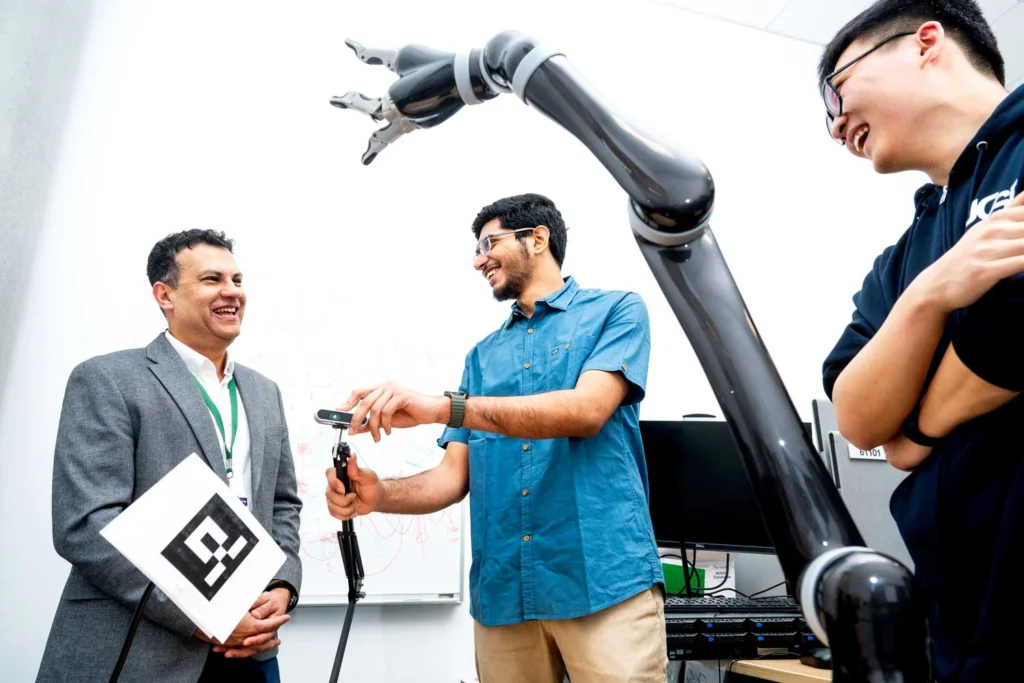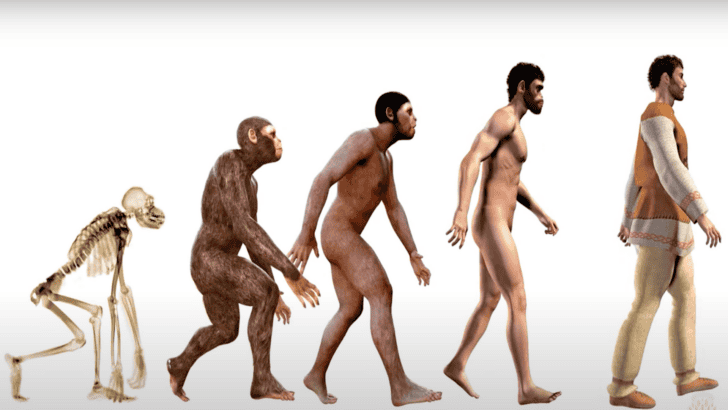Paralyzed Man Controls Robotic Arm Using Only His Thoughts!
Researchers at UC San Francisco have made a remarkable breakthrough in technology, enabling a paralyzed man to control a robotic arm simply by thinking about it. This breakthrough was made possible by a brain-computer interface (BCI) that translates brain signals into actions, allowing the man to grasp, move, and release objects just by imagining the movements.
A Device That Adapts to the Brain
The BCI works with the help of an AI model that learns and adapts to the changes in the brain’s activity over time. Until now, such systems have only worked for a day or two, but this new device functioned for an impressive seven months without needing any adjustments. The key to this success was the discovery of how brain activity shifts as a person repeatedly imagines performing a movement.

How It Works: The Science Behind the Success
Dr. Karunesh Ganguly, a neurologist at UCSF, and his team studied how brain activity patterns change when people practice movements, even if they can’t physically perform them. By implanting tiny sensors on the participant’s brain, they recorded brain activity as the participant imagined moving different parts of his body. Over time, the AI system adjusted to these small shifts, allowing it to continue translating brain signals accurately.
The Role of Practice and Feedback
The next step involved helping the participant practice controlling a robotic arm. Initially, the movements were imprecise, but through a virtual robot arm that provided feedback, the participant gradually learned how to control it more effectively. After practicing with the virtual arm, he was able to transfer these skills to the real-world robotic arm. He successfully picked up blocks, moved them, and even opened a cabinet to get a cup of water.
Real-World Impact
What’s even more impressive is that the robotic arm continued to work after a simple “tune-up” to account for any changes in the participant’s brain activity. Ganguly’s team is now working to refine the AI system to make the robotic arm move more smoothly and quickly, with plans to test it in a home environment.

This development has the potential to significantly improve the lives of people with paralysis. For example, being able to feed themselves or get a drink of water would be a life-changing achievement. Ganguly is confident that this technology is on the path to becoming a reality for people in need.







